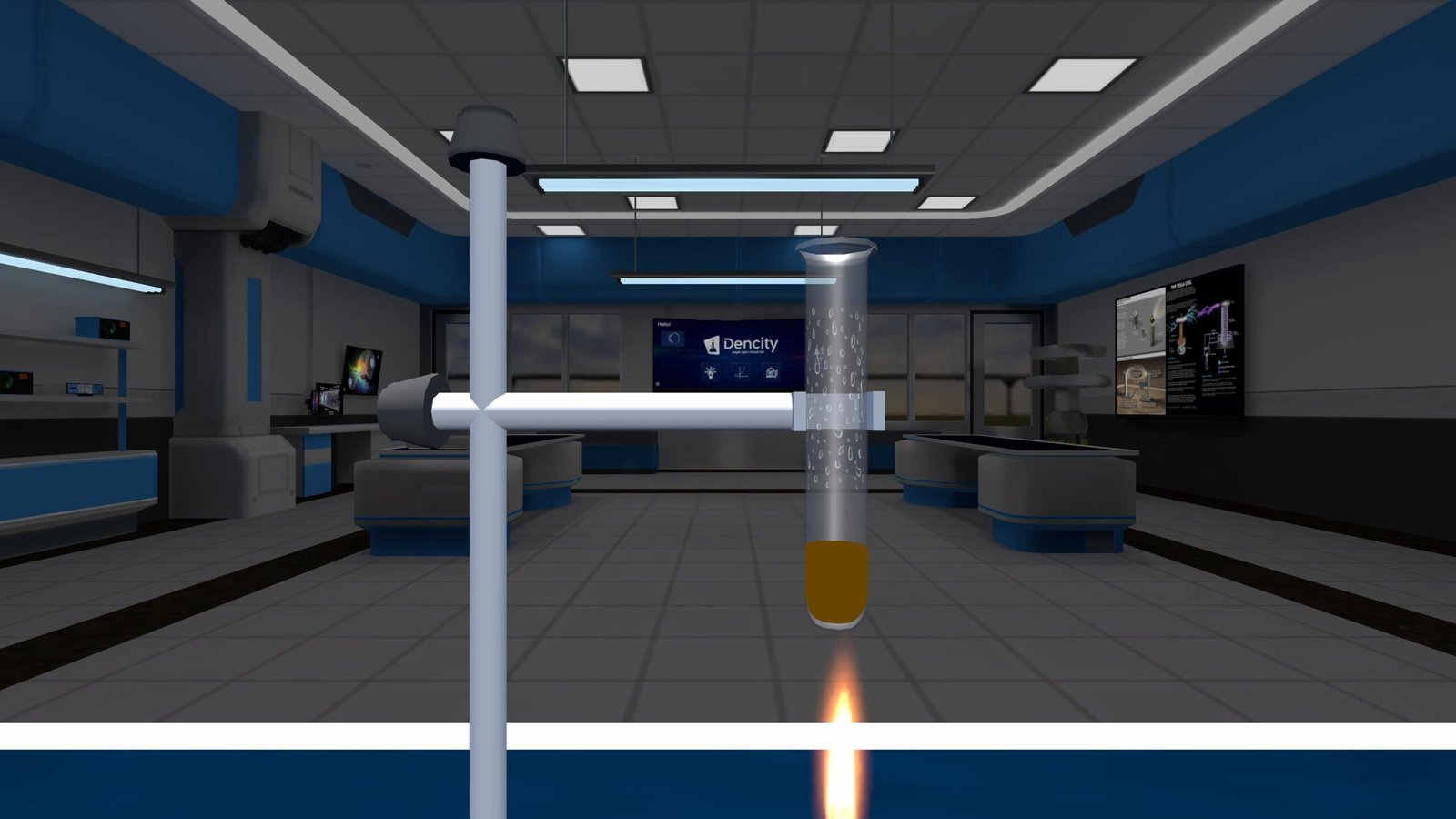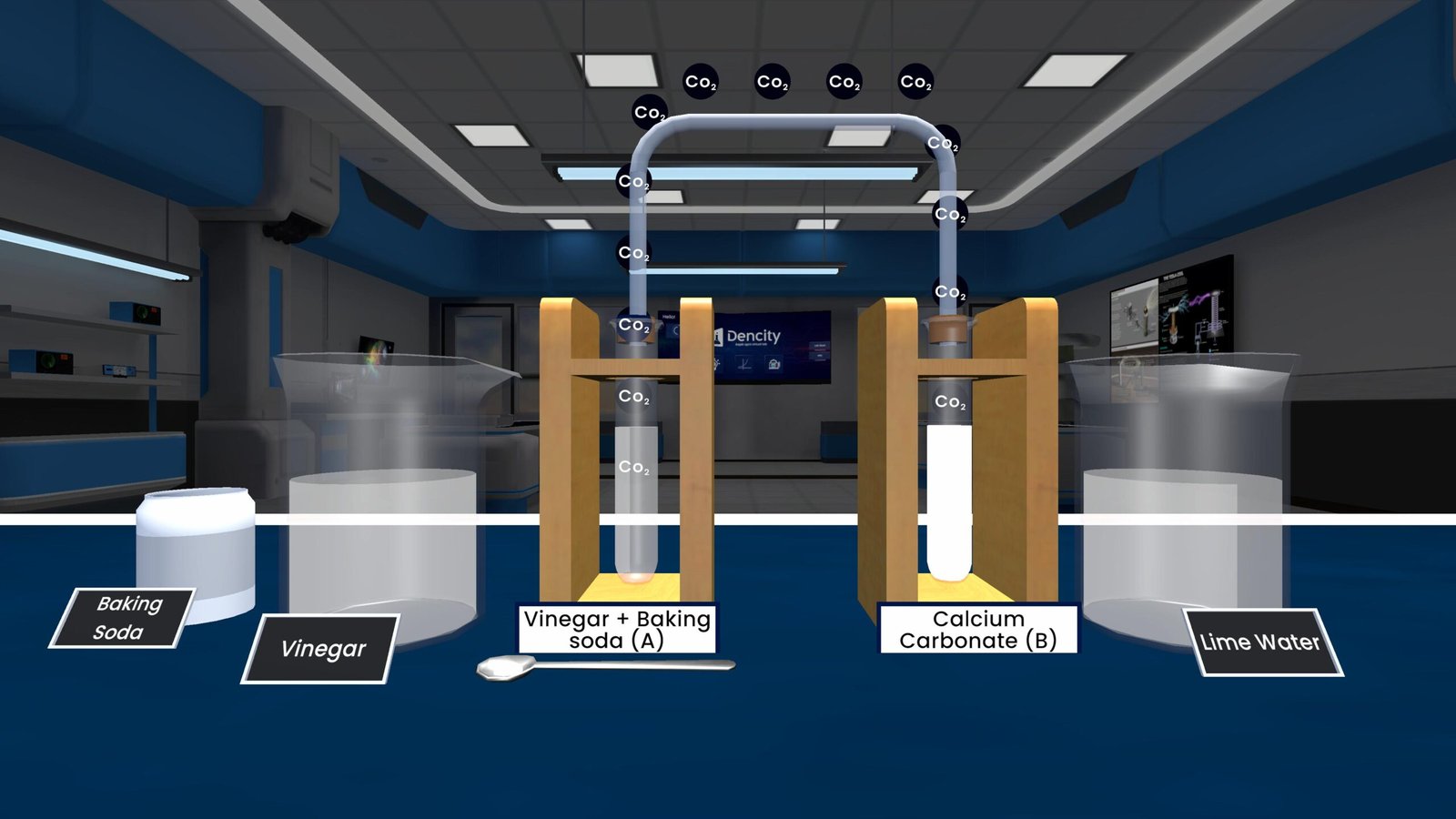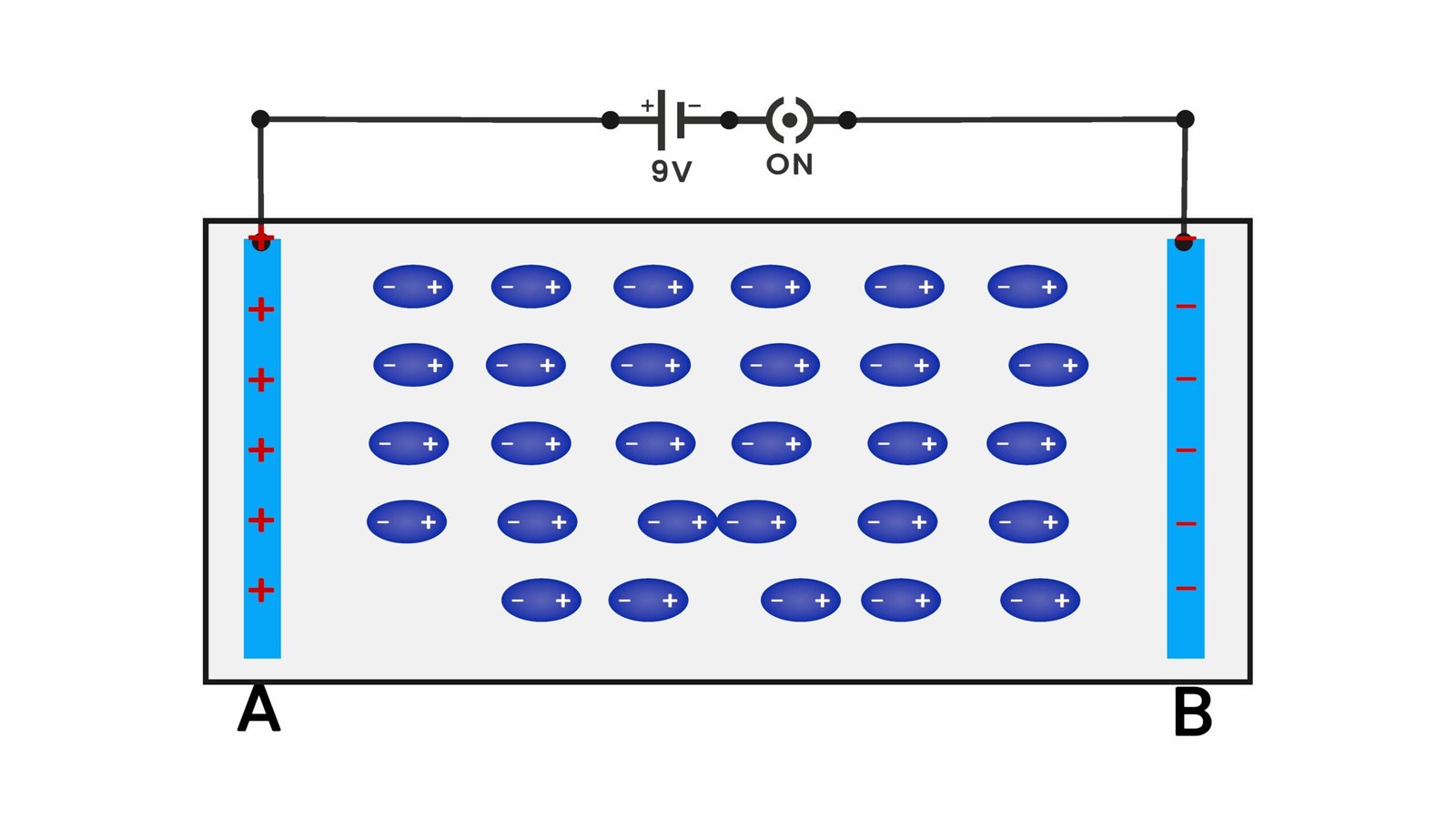Acceleration Due to Gravity – Explained for Class 9 Science
Acceleration due to gravity (g) is the rate at which an object accelerates when falling freely towards a planet or celestial body due to its gravitational pull. It plays a major role in understanding motion, force, and planetary physics.
What Is Acceleration Due to Gravity?
Every massive body, like a planet or moon, pulls objects toward its center. The acceleration this pull produces is called g, and it’s calculated using the formula:
g = (G × M) / R²
Where:
- G is the universal gravitational constant (6.674 × 10⁻¹¹ m³/kg/s²),
- M is the mass of the planet,
- R is the radius of the planet.
How Does g Vary Across Planets?
- Planets with larger mass have higher g.
- Planets with larger radius have lower g due to the inverse-square relation.
- On Earth, the standard value of g is 9.81 m/s².
Examples of g on Different Celestial Bodies
| Planet | Mass (×10²⁴ kg) | Radius (×10⁶ m) | g (m/s²) |
|---|---|---|---|
| Mercury | 0.330 | 2.44 | 3.7 |
| Venus | 4.87 | 6.05 | 8.87 |
| Earth | 5.97 | 6.37 | 9.81 |
| Moon | 0.073 | 1.74 | 1.625 |
| Mars | 0.642 | 3.39 | 3.71 |
| Jupiter | 1898 | 69.91 | 24.79 |
| Saturn | 568 | 58.23 | 10.44 |
| Uranus | 86.8 | 25.36 | 8.69 |
| Neptune | 102 | 24.62 | 11.15 |
Important Observations
- Higher mass = higher g (if radius is constant).
- Higher radius = lower g (if mass is constant).
- On the Moon, g = 1.625 m/s² → astronauts feel lighter.
- On Jupiter, g = 24.79 m/s² → gravity is extremely strong.
Real-Life Applications
- Space agencies use g to plan planetary landings.
- Astronaut training involves simulating different g environments.
- Engineering designs for rovers and habitats are based on the planet’s gravity.
Explore Gravitational Acceleration in Dencity Virtual Science Lab
The Dencity app lets Class 9 science students simulate acceleration due to gravity on various planets. It’s a safe, cost-effective, and interactive way to learn complex physics.
With Dencity, students can:
- Change planetary mass and radius to see how g changes.
- Compare falling objects on Earth, Moon, Jupiter, and Mars.
- Get real-time graphs and insights into gravitational effects.
- Perform experiments without needing real-life labs or equipment.
Dencity for Teachers
Dencity enhances interactive teaching through:
- Live classroom simulations of gravity experiments.
- Custom experiments and homework assignments.
- Visual tools to demonstrate planetary gravity differences.
- Auto-grading and progress reports for students.
It makes teaching force and motion more engaging and effective.
Perfect for Interactive Touch Panels
Dencity is optimized for interactive touch panels, allowing teachers and students to manipulate variables like mass and radius with simple touches. It’s perfect for smart classrooms aiming to integrate virtual science labs.
Contact Us for Customized Pricing
Educational institutions can reach out to us for tailored demo sessions and pricing plans. Bring cutting-edge virtual science experiments to your classroom with Dencity.
10 Frequently Asked Questions
- What is acceleration due to gravity?
It is the acceleration an object experiences when pulled by gravity. - What is the value of g on Earth?
Approximately 9.81 m/s². - Why does g vary on different planets?
Because planets have different masses and radii. - Is g the same at all points on Earth?
No, it’s slightly less at the equator and more at the poles. - What is the g on the Moon?
About 1.625 m/s². - How does g affect astronauts on the Moon?
They feel lighter and can jump higher due to lower gravity. - Why is Jupiter’s gravity so strong?
It has the largest mass among planets. - Can we experience zero gravity on Earth?
Only in special conditions like free fall or simulated environments. - What role does gravity play in space missions?
It’s crucial for launch calculations, orbital motion, and landing strategies. - How does Dencity help learn about gravity?
It allows students to explore how mass and radius affect gravity with visual, interactive simulations.







